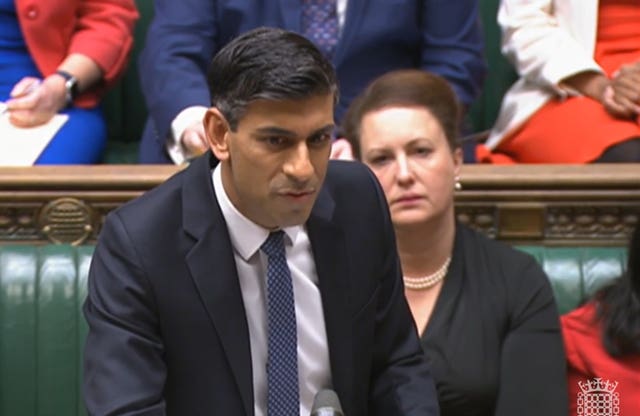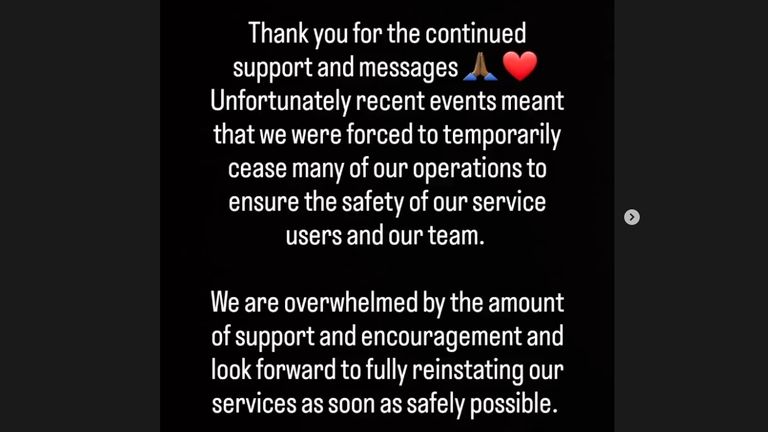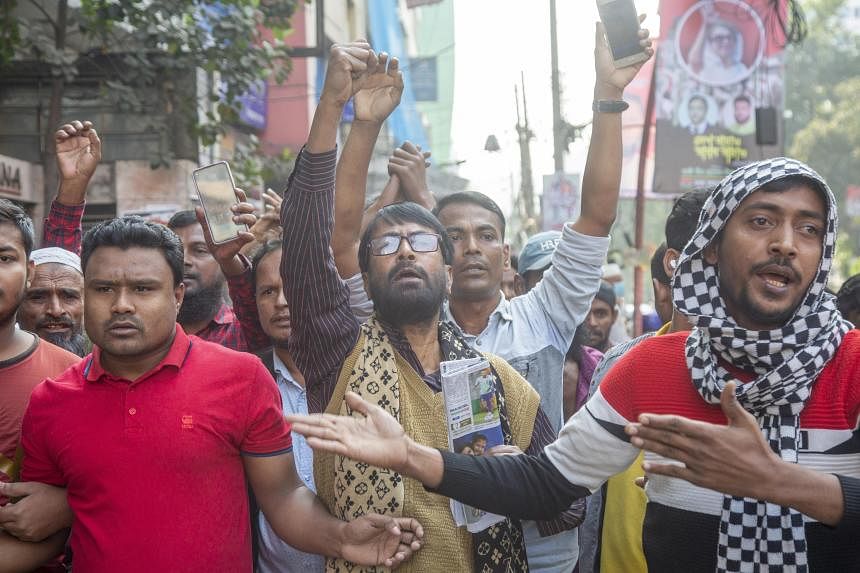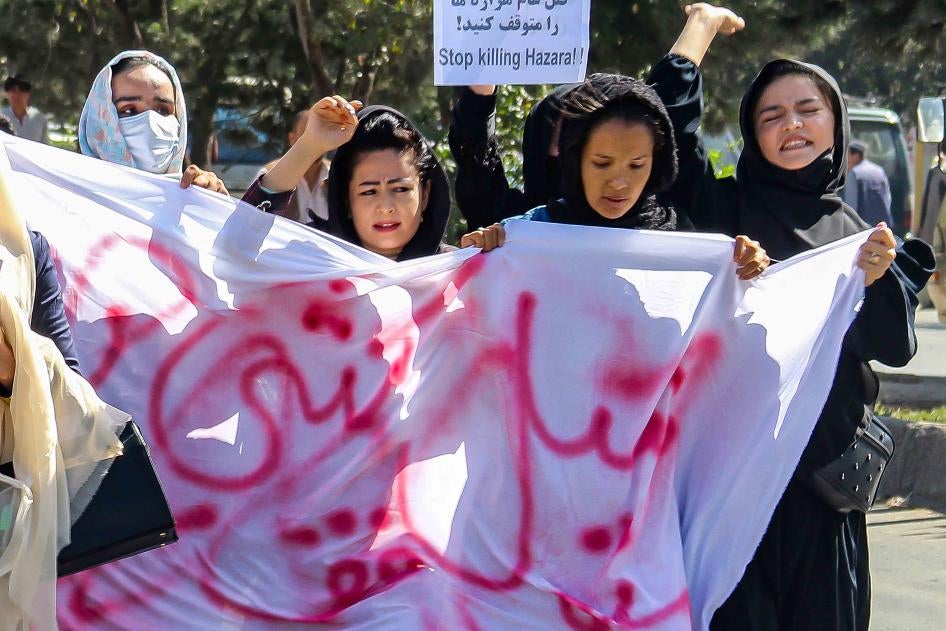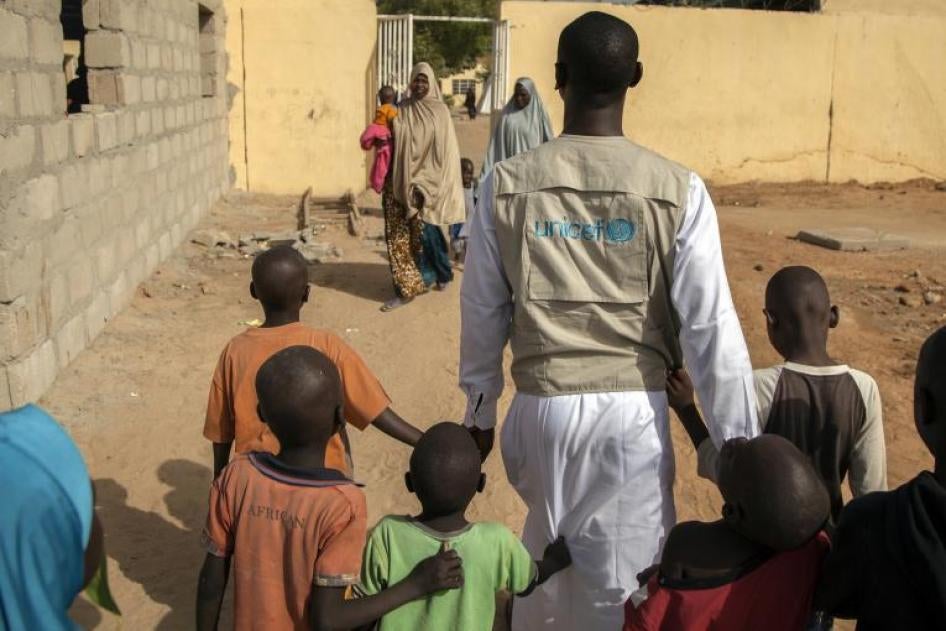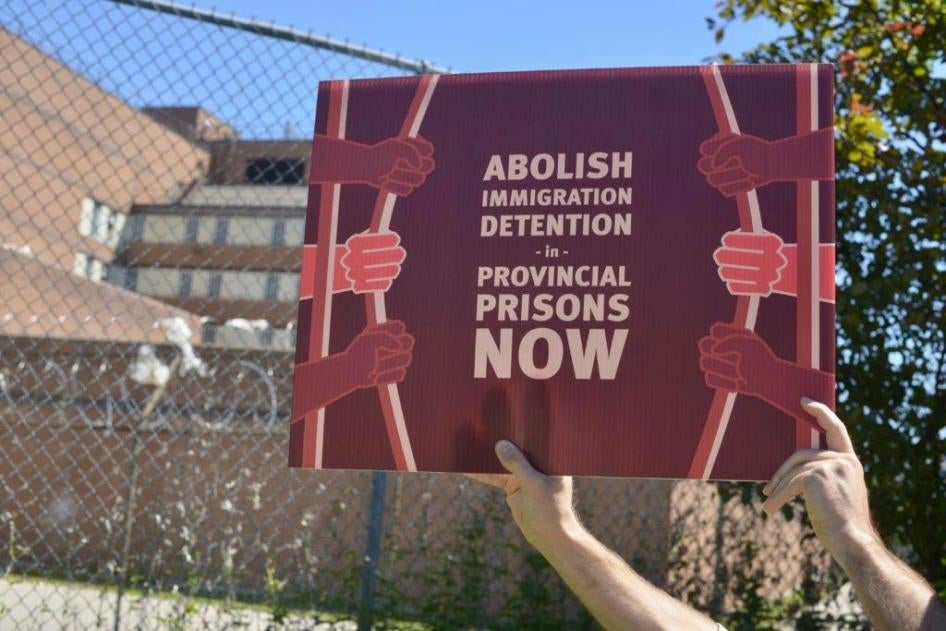By Mary Moore | Published on December 9, 2022
Reviewed By Gilmore Health |
Certain parts of Africa have been experiencing serious drought problems for some time. Experts now warn that the possibility of famine is looking increasingly real and millions of people, including children, stare starvation in the face.
Drought
A recent report by United Nations (UN) agencies reveals that hundreds of millions of people globally are facing acute food insecurity and in need of critical aid. A good number of the affected countries are in Africa.
The hunger problem is being compounded by conflicts and the COVID-19 pandemic. This is by way of economic responses to these phenomena.
Unfavorable Weather and Impending Famine
Rising food insecurity around the world has been linked to extreme weather conditions. These range from droughts to tropical storms and flooding. La Nina has also worsened conditions to bring about crop and livestock losses in many parts of the world, especially in West and East Africa, Central Asia, and Central America.
La Nina is a climate event that causes a change in the surface currents of the ocean and makes cooler water rise from the Pacific Ocean’s depths.
For the first time in over 20 years, La Nina has persisted for three consecutive years – what is referred to as a “triple dip.” This puts countries that are already experiencing drought or flooding at risk of worse conditions.
Drought in the Horn of Africa has been severe. The region is experiencing its longest drought in more than 40 years.
Countries such as Somalia, Kenya, and Ethiopia are having years of little rain. There have been four straight failed rainy seasons, something that had never happened before. By contrast, the 2011 famine in Somalia resulted from two successive failed rainy seasons.
The likelihood of famine is becoming more real, especially in Somalia, with a fifth consecutive failed rainy season looking likely. According to the UN’s World Food Programme (WFP), some worst-hit areas in Africa already have conditions similar to that of famine.
Effects of Drought
Experts say millions of livestock and crops have fallen victim to a devastating drought. These losses have forced more than one million people in the Horn to leave their homes to search for food and water elsewhere.
As per the WFP, around 13 million people were facing starvation in Somalia, Kenya, and Ethiopia at the beginning of 2022. The number jumped to 20 million by the middle of the year. It was expected to reach 22 million by September.
Extreme need is predicted to remain high heading to 2023, with ongoing drought likely to last well into the new year. Going by forecasts, as many as 26 million people in Somalia as well as parts of Kenya and Ethiopia could face crisis-level (or worse) food insecurity.
The risk of severe hunger isn’t limited to just Kenya, Ethiopia, and Somalia in Africa, however. Nigeria and South Sudan are also among 19 “hunger hotspots” identified in a recent report by the Food and Agricultural Organization (FAO) and WFP. These places are in critical need of humanitarian aid to fight starvation and prevent associated deaths.
As per analysts, up to four children or two older people per 10,000 may die daily in Somalia by December due to starvation if nothing is done to sufficiently tackle the problem.
Hunger Worsened by Conflict
The hunger problem is exacerbated by conflict. This is actually deemed to be the primary driver of severe hunger in Africa.
Ethiopia provides a good example of how conflict can promote hunger. There has been inter-ethnic violence in multiple places there for some time now. Sadly, the trend appears like one that could continue through 2022.
There is also the angle of the war in Ukraine. The invasion of that country by Russia has caused a surge in global food prices, with countries in Africa not spared. Both countries directly involved in the war jointly account for roughly 30 percent of the global wheat market.
The Ukraine war not only makes food more costly but also increases the costs of aid delivery.
Economic Instability Also Plays a Part
The crisis in Ukraine, coupled with the pandemic, has adversely affected economies across the world. Rising food and energy prices are global, so different governments have been contending with those. Essentially, most donor countries’ attention has been somewhat diverted from the plight of people suffering extreme hunger.
Several richer countries have opted for monetary tightening due to rising inflation. This – on the other end – has caused low-income countries’ cost of credit to rise. Indebted poorer countries, including those in Africa, therefore find it harder to finance essential imports.
Governments in some African countries are also introducing monetary tightening and austerity measures. These impact incomes and hurt the purchasing power of those most at risk.
There is an urgent need for serious humanitarian action to preserve the lives and livelihoods of those at risk of famine and severe hunger. Without this, further conflict and civil unrests are likely from unpleasant socio-economic conditions. There may be clashes for the control or a share of reduced resources, including fertile land, that are available.






